
Navigating the modern nutrition industry can feel like traversing a dense, confusing maze, even for those of us who consider ourselves fairly clued in. What’s hailed as a ‘cure-all’ today often ends up as tomorrow’s discarded fad, with diets and health theories drifting in and out of popularity faster than you can say ‘superfood.’ It’s a constant challenge to discern genuine, evidence-based advice from clever marketing or well-meaning but misguided folklore.
This makes it incredibly difficult to make informed choices about our health and fitness, especially for men who are often bombarded with conflicting messages about diet, muscle building, and overall well-being. From the latest workout trends to the most restrictive eating plans, the sheer volume of information can leave us feeling overwhelmed and unsure of what truly works. We’ve all been there, wondering if that one piece of advice we heard is actually going to unlock our next level of health or just lead us down another fruitless path.
To help shed some much-needed light on this murky landscape, we’ve tapped into a panel of experts. Their mission? To identify and thoroughly debunk some of the most persistent myths and pseudoscientific theories they frequently encounter. Get ready to arm yourself with accurate, practical, and actionable insights designed to empower you to make smarter decisions for your health. Let’s dive in and separate the genuine wisdom from the widespread misconceptions.

1. **Breakfast Is the Most Important Meal of the Day**For decades, this idea has been drilled into us, largely fueled by aggressive marketing campaigns. PT Hendrick Famutimi succinctly puts it, “Cereal companies put a lot of marketing money into making people believe this.” However, the reality of what our bodies need to thrive is far more nuanced than a blanket statement suggests.
Ultimately, what truly matters for your body’s needs and recovery, especially after physical exertion, is ensuring you consume enough nutrients over the course of the day. Famutimi clarifies, “But really, as long as you’re eating enough nutrients after training, your body will have what it needs.” This means if you prefer a lighter morning meal, or even skip it altogether, refueling robustly after your midday workout is a perfectly effective strategy for meeting your nutritional requirements.
This flexibility extends to popular eating patterns such as the 16:8 intermittent fasting protocol, where individuals intentionally delay their first meal. Furthermore, research increasingly points to factors beyond the mere timing of breakfast. Studies suggest that it’s not breakfast itself that keeps you lean, but rather that people with a higher BMI tend to eat later in the day, indicating a correlation rather than causation.
What truly seems to make a difference is aligning your calorie intake with your body’s natural circadian rhythms. A University of Pennsylvania study, for instance, found that those who ate out of sync with their circadian rhythms exhibited poorer profiles of blood glucose, cholesterol, and triglycerides. This highlights that *when* you eat within your day, specifically focusing on daylight hours, can be more impactful than simply ensuring you eat breakfast at a specific time.
Read more about: 12 Simple Daily Rituals of 12 Famous Figures from the Renaissance: Lessons for Lifelong Success
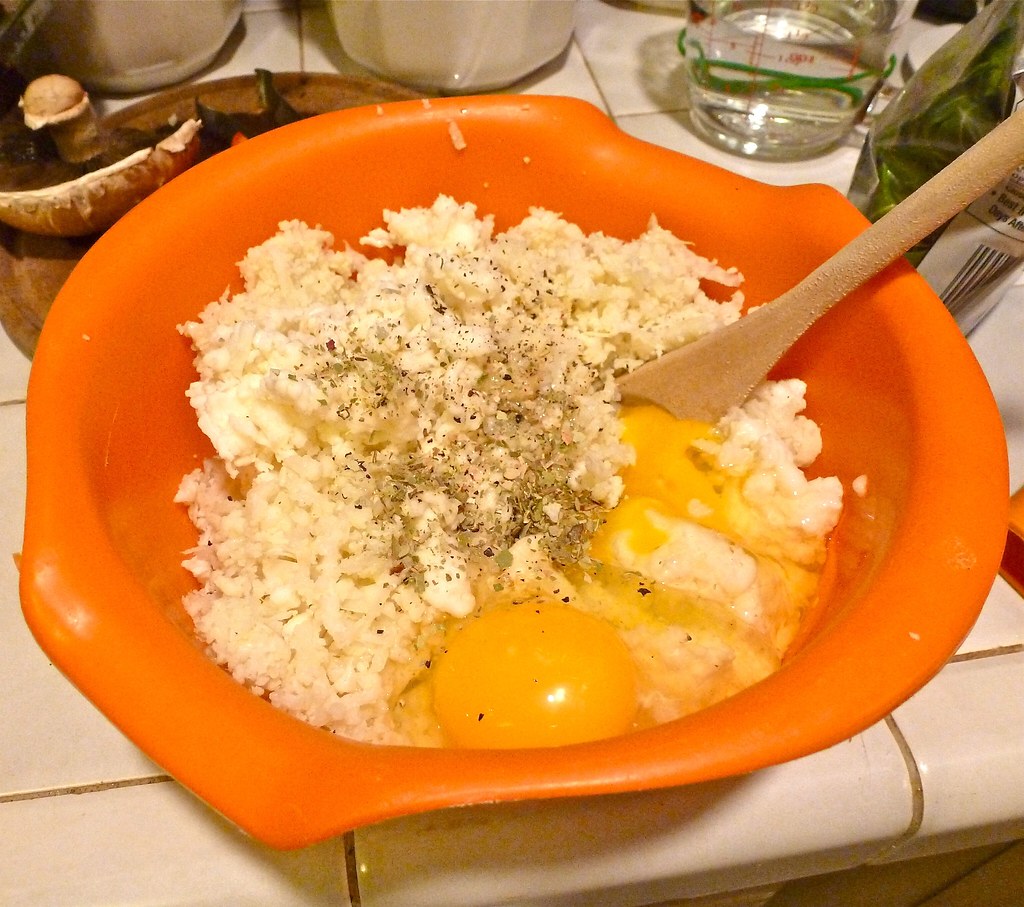
2. **Cutting Carbs Is the Smartest Way to Lose Weight / Carbs Make You Fat**Carbohydrates have become the ultimate dietary villain for many, often synonymized with unhealthy foods like bread and pasta, and blamed for expanding waistlines. This widespread demonization leads many to believe that cutting them out entirely is the quickest route to weight loss and better health. Yet, this perspective gravely oversimplifies a vital macronutrient that plays a crucial role in our body’s functioning.
In reality, carbs are incredibly diverse and found in a wide array of foods beyond just grains – from nutrient-dense leafy greens to wholesome oats and lentils. As Ryan Andrews pertinently asks, “Are we seeing higher levels of obesity in the UK because we’re overeating oats and lentils? Not based on any current data.” He rightly emphasizes that body composition is “influenced by countless factors, from stress to sleep” – not solely by your enjoyment of a piece of toast, buttered or otherwise.
The confusion often stems from the understanding of how carbs interact with our blood sugar and insulin levels. Eating carbohydrates does indeed raise blood sugar, triggering the release of insulin, a hormone that facilitates fat storage. However, this is a completely normal and natural biological process, essential for energy regulation. As long as you are providing your body with an appropriate amount of energy to meet its demands, this process does not inherently lead to unwanted fat accumulation.
While some individuals do experience fat loss on a low-carb diet, Famutimi clarifies that this is largely due to the creation of a calorie deficit: “Cutting back on carbs, like any other food, can put you in a calorie deficit.” It’s not a magical solution inherent to carb restriction itself. In fact, many of the healthiest populations globally consume diets rich in carbohydrates; for example, only 4% of Japanese men are classified as obese, despite rice and noodles being staple foods in their diet. This illustrates that quality and overall dietary pattern, rather than mere carb restriction, are the true determinants of health.

3. **If You Eat Carbs After 6pm, They’ll Be Stored as Fat / Eating Late at Night Will Make You Gain Weight**
This myth, like many others, stems from a well-intentioned but fundamentally flawed understanding of how our metabolism works. The idea that consuming carbohydrates, or any food for that matter, past a certain hour automatically leads to fat storage is a persistent belief that simply doesn’t hold up under scientific scrutiny. Many believe their metabolism slows down significantly as they approach sleep, turning late-night meals into instant fat deposits.
However, as Famutimi confidently states, “It doesn’t work like that.” Our bodies are far more sophisticated than that. Our energy balance should be viewed much like a bank account; what truly matters is the overall balance of deposits (calories in) and withdrawals (calories out) over an extended period – whether that’s a day, a week, or a month. A calorie splurge remains a calorie splurge, regardless of whether it occurs on a Friday night or a Tuesday afternoon; the timing in isolation doesn’t magically alter its metabolic fate.
Furthermore, for individuals who engage in physical activity later in the day, perhaps after work, consuming a well-balanced dinner that includes carbohydrates can actually be highly beneficial. Famutimi advises, “I advise most of my clients to eat higher-carb meals after a workout.” This is because, following exercise, your body is primed to replenish its glycogen stores, making it an optimal time for carbohydrate intake. These nutrients are precisely what your muscles are craving for recovery and growth.
Ultimately, the science is clear: weight gain or loss is predominantly dictated by your total daily calorie intake relative to your total daily calorie expenditure. If you find yourself genuinely hungry before bed, there’s no reason to deprive yourself. Opt for a light, healthy snack that fits within your overall daily calorie needs, and rest assured that it won’t inherently turn into fat simply because of the clock.

4. **To Build More Muscle, All You Need Is Protein…**It’s a common mantra in the gym: if you want to build muscle, you need to eat protein, and lots of it. While this statement holds a kernel of truth, it’s a significant oversimplification that often leads to restrictive and ultimately counterproductive dietary approaches. Sinead Roberts rightly emphasizes the foundational role of protein, explaining, “Our bodies can’t make protein from scratch. We need it from our diets.” There’s no denying that protein is absolutely essential for muscle repair and growth.
However, protein is not the *sole* ingredient in the complex recipe for muscle hypertrophy. The entire process of muscle growth is intricate and involves multiple factors. A critical regulator is a molecule known as mTORC1, which is effectively “switched on” by strength training. But merely activating it isn’t enough; to remain active and facilitate muscle synthesis, mTORC1 “requires energy – ie, calories.” This crucial point is often overlooked in the protein-centric narrative.
An extremely restrictive diet consisting predominantly of lean meat and bare leaves simply won’t provide the necessary fuel to keep the muscle-building machinery running efficiently. You need more than just protein; you need an adequate overall caloric intake to support the energy demands of muscle repair and growth. Without sufficient energy, your body cannot effectively utilize the protein you consume for muscle development.
Moreover, the *type* of protein and the overall nutritional context of your meals also play a significant role. Roberts points out, “Research has compared ‘simple’ protein foods, such as egg whites, to more complex foods, such as whole eggs, which also include fats and extra micronutrients.” The findings from such comparisons suggest that “some whole foods might be more effective in supporting muscle protein synthesis.” This underscores the importance of a balanced diet rich in a variety of nutrients, not just isolated protein sources, for optimal muscle building. Finding what truly works for your body, within a balanced nutritional framework, is key.
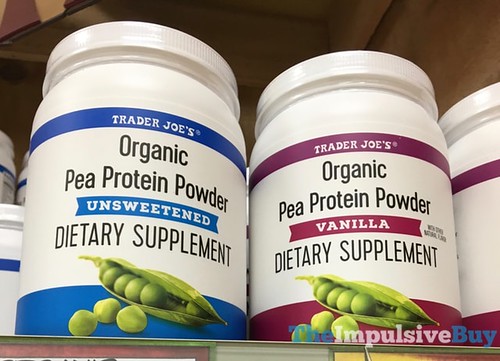
5. **…And You Need That Protein Immediately After Training**The concept of an “anabolic window,” a narrow timeframe immediately following a workout during which protein consumption is supposedly critical for muscle growth, has been a cornerstone of fitness dogma for years. This belief has led countless gym-goers to frantically chug protein shakes the moment their last rep is complete, fearing that missing this brief window would render their hard work in vain. However, modern scientific understanding has largely debunked the urgency of this immediate post-workout protein intake.
The truth is, your digestive system is far more intelligent and efficient than this myth gives it credit for. It possesses the remarkable ability to absorb and store amino acids – the building blocks of protein – from your meals over a much longer period, making them readily available when your muscles signal their need for repair and growth. Your body isn’t operating on such a tight stopwatch after a training session.
According to a comprehensive review published in the *Journal of the International Society of Sports Nutrition*, the timing of your pre- and post-exercise meals can actually be separated by approximately four hours without hindering your muscle growth or recovery. This provides a much wider and more practical window for nutrient timing than previously thought, giving you ample time to prepare and consume a balanced meal rather than rushing a shake.
Famutimi further clarifies the body’s resilience, stating, “It takes hours for your body to go into a catabolic state.” This means your body isn’t immediately breaking down muscle tissue if you don’t consume protein within minutes of finishing your workout. The focus should be on your overall daily protein and caloric intake, distributed effectively throughout the day, rather than an intense fixation on an arbitrarily narrow post-exercise window. Prioritizing consistent, adequate nutrition over rigid timing is a more effective and sustainable approach for long-term muscle development.
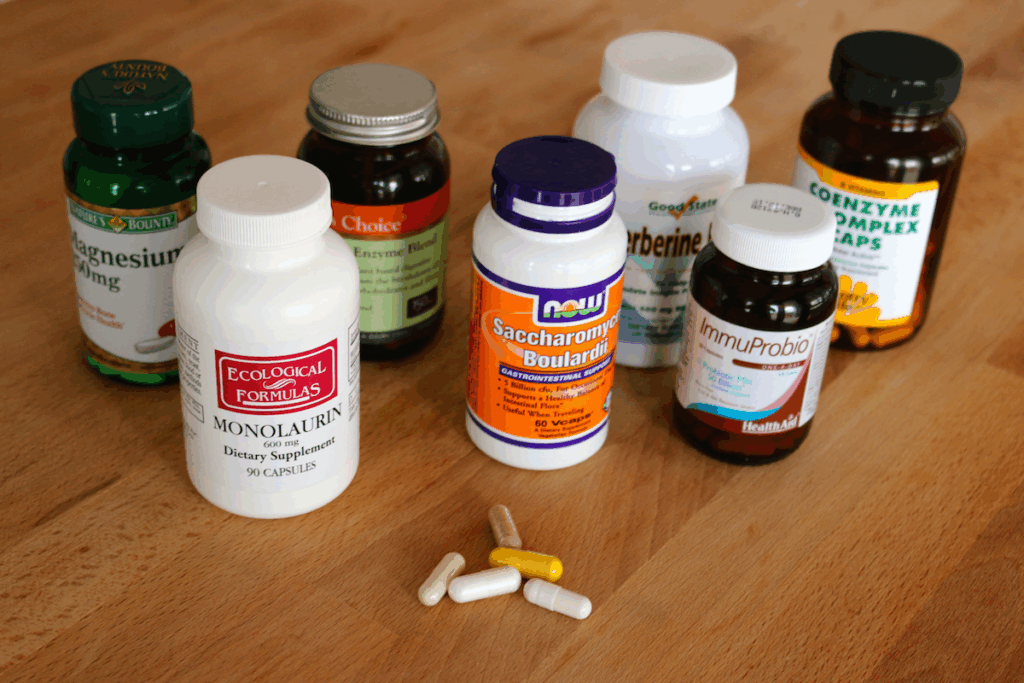
6. **A Healthy Diet Shouldn’t Require Supplements / You Need Supplements for Optimal Health / Supplements Are Always Safe and Effective**
The allure of supplements is powerful, promising to fill nutritional gaps, boost performance, or even cure ailments with a simple pill. Many companies and wellness influencers actively promote the idea that supplements are essential for achieving optimal health or preventing deficiencies, often profiting directly from these claims. However, the foundational principle championed by most nutritionists is a “food first” approach, and for good reason.
As Sinead Roberts articulates, “A vitamin C tablet just provides vitamin C, whereas a portion of beetroot provides vitamin C, nitrates, potassium, manganese, fibre, folate…” This highlights the synergistic power of whole foods, where nutrients work together with fiber, phytonutrients, and other compounds to produce benefits that isolated supplements rarely match. For the vast majority of well-nourished adults, their nutrient needs can be comfortably met through a balanced diet rich in fruits, vegetables, whole grains, legumes, nuts, and lean proteins, rendering routine supplementation unnecessary.
Moreover, large-scale studies have consistently failed to demonstrate significant cardiovascular benefits from multivitamin use in the general population. The long-term Physicians’ Health Study II, for instance, which followed over 14,000 participants for more than a decade, reported no significant reductions in major cardiovascular events, heart attack, stroke, or overall mortality from daily multivitamin use. This challenges the notion that these pills offer a universal health insurance policy.
It’s also crucial to understand that supplements are not without risks. Unlike pharmaceutical drugs, supplements are not regulated by the FDA with the same stringency for quality, safety, or effectiveness. This lack of rigorous oversight means consumers might not always know exactly what they’re ingesting. Furthermore, certain supplements can be harmful; beta-carotene supplements, for example, have been linked to an increased risk of lung cancer in smokers, and high doses of vitamin E have been associated with an increased risk of hemorrhagic stroke. Micronutrients can also be “hormetic,” as Roberts notes, meaning they offer benefits up to a point, but excessive intake can have adverse effects. The “upper tolerable limit” for vitamin C, for example, is 2,000mg per day, beyond which side effects like nausea or sleep issues can occur.
While a “food first” approach is paramount for the general population, there are specific, legitimate cases where supplementation is essential. Pregnant women often require folic acid, older adults may need vitamin D due to reduced synthesis, and individuals following restricted diets like veganism often need targeted vitamin B12 supplementation. Athletes might also find certain supplements, such as creatine for muscle mass and strength, or nitrates for aerobic performance, useful to optimize their well-balanced eating plan. In these instances, a blood test to identify deficiencies, followed by targeted supplementation under professional guidance, is a responsible and effective strategy. However, for most, focusing on food, not pills, is the path to optimal health.
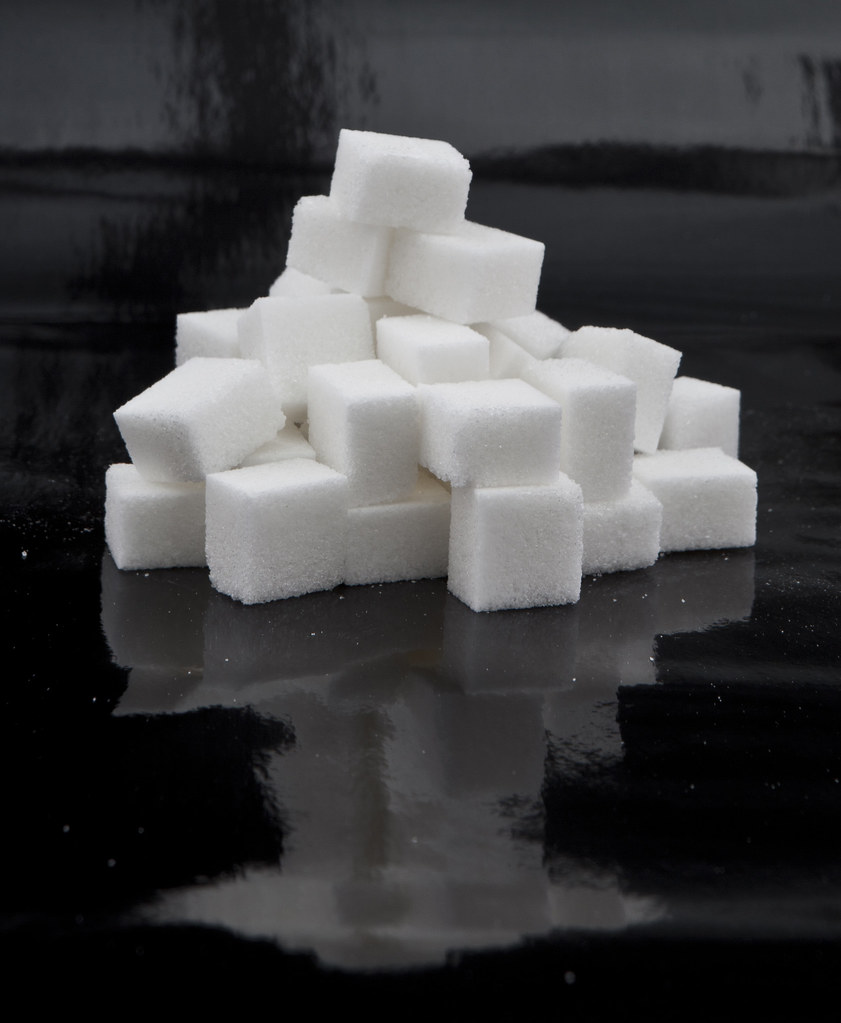
7. **Giving Up Sugar/Dairy/Wheat/Caffeine Can Help Your Body to Detoxify / You Can Sweat Out Toxins / Drinking More Water Will Flush Out Toxins**
The concept of “detoxification” has been heavily marketed, often implying that our bodies are riddled with unspecified toxins that require radical dietary changes or specialized products to eliminate. This pervasive myth suggests that simply cutting out common foods like sugar, dairy, wheat, or caffeine, or through methods like excessive sweating or water consumption, can somehow cleanse our systems. However, the scientific reality of detoxification is far more grounded and relies on the remarkable efficiency of our own bodies.
An investigation in 2009 by independent research body Examine into 10 detox companies revealed a stark truth: none could even name the specific toxins they claimed to eliminate. This lack of clarity persists today. As Steve Grant points out, “The phrase ‘detoxing’ is overused.” While we are undoubtedly exposed to environmental toxins, the idea that arbitrarily cutting out major food groups constitutes a “detox” is a fundamental misunderstanding of human physiology.
Our bodies are equipped with highly sophisticated, built-in detoxification systems, primarily centered in the liver and kidneys. These organs continuously work to filter waste products, metabolize harmful substances, and excrete them through urine and feces. They do this 24/7, without the need for special diets or products. While avoiding foods that cause *you* digestive issues can certainly support your body’s overall health and functioning, that’s a personalized dietary adjustment, not a magical “detox.”
Similarly, the belief that you can “sweat out toxins” during an intense workout or in a sauna is largely an exaggeration. While sweating does serve important physiological functions, such as regulating body temperature and eliminating excess salt and water, your sweat glands are not major detoxification organs. Your liver and kidneys handle the heavy lifting when it comes to filtering and neutralizing true toxins from your bloodstream. Excessive water intake, beyond what your thirst dictates, also won’t speed up these intricate processes; your kidneys already operate at peak efficiency.
In fact, Grant offers a crucial caution: “A calorie deficit has the potential to increase toxin exposure, as some toxins may be stored up in fat cells.” Instead of focusing on restrictive “detox” protocols, a more effective and evidence-based approach to supporting your body’s natural detoxification pathways involves increasing your intake of high-nutrient whole foods, boosting digestion with plenty of fiber, and maintaining adequate, but not excessive, hydration. Incorporating activities like occasional sauna sessions can offer relaxation and other health benefits, but they are supplemental to, not substitutes for, a consistently healthy lifestyle that supports your body’s intrinsic cleaning crew.”
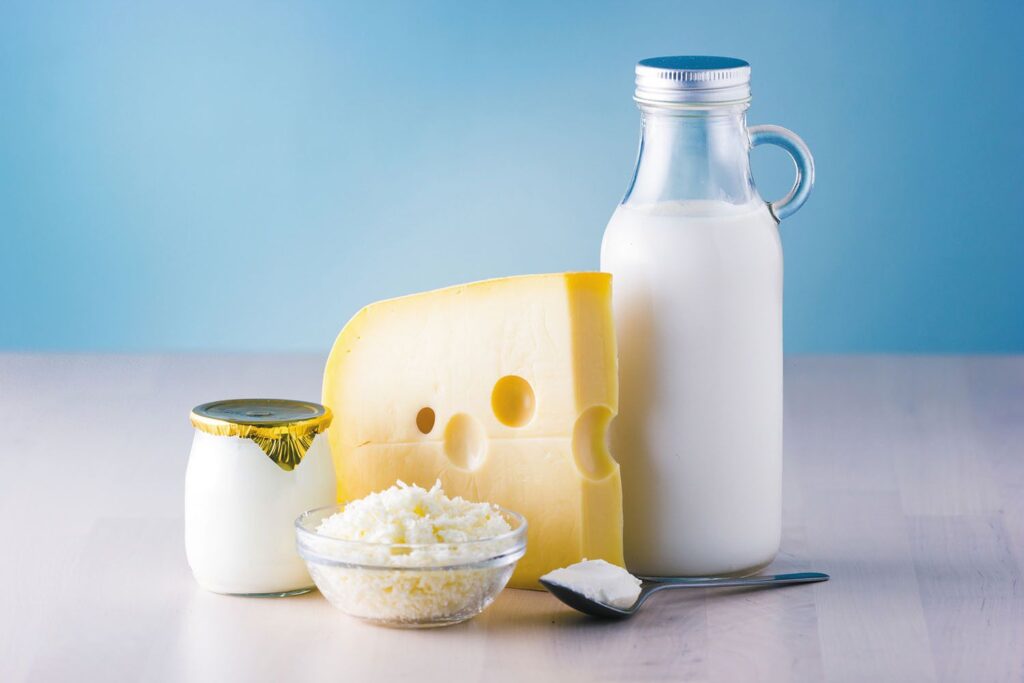
8. **Quitting Dairy Leads to Calcium Deficiency**For decades, the marketing slogan “Milk does a body good” ingrained the idea that dairy products were the sole antidote to osteoporosis and the foundational pillar of strong bones. This belief led many to worry that cutting dairy would inevitably lead to calcium deficiency. For the approximately 40% of adults globally who can digest dairy without issue, it certainly offers benefits, being a convenient source of vital nutrients like vitamin D, vitamin B12, phosphorus, and, of course, bone-building calcium.
However, the notion that dairy is the *only* significant source of calcium is a widespread misconception. In reality, a diverse array of plant-based foods are also incredibly rich in this essential mineral. Think about tofu, soya milk, pak choi, and kale, all providing substantial calcium. Additionally, various beans, nuts, and seeds contribute significantly to daily intake, making it perfectly feasible to meet your requirements without consuming dairy. Many common foods are also routinely fortified with calcium; in the UK, calcium is legally added to flour.
Ultimately, if you enjoy dairy and tolerate it well, there’s no reason to eliminate it. However, for those who choose to avoid it, a well-planned, dairy-free diet can easily provide all the calcium and other nutrients your body needs to thrive. You truly don’t “gotta get milk” if it doesn’t work for you.

9. **A Raw Food Diet Is Best for Nutrient Uptake**The concept of a raw food diet often promotes itself as the pinnacle of healthy eating, suggesting that consuming foods in their uncooked state maximizes nutrient retention and uptake. The underlying premise is that cooking destroys delicate enzymes and vitamins, thereby diminishing a food’s inherent goodness. This philosophy can lead to a sense of self-denial, where adherents believe avoiding heat processing is inherently beneficial, regardless of the actual nutritional science.
However, this isn’t always the case. For many foods, cooking actually enhances “bioavailability” – the ease with which your body can extract and effectively utilize a nutrient. Take lycopene and beta-carotene, powerful, health-boosting nutrients found abundantly in orange and red foods such as tomatoes, carrots, and sweet potatoes, as well as leafy greens like spinach. When these foods are cooked, the heat breaks down cell walls, making these valuable compounds more accessible for absorption.
Furthermore, pairing certain foods can significantly impact nutrient absorption. This is particularly true for fat-soluble vitamins A, D, E, and K, found in foods like tomatoes, carrots, mushrooms, asparagus, chard, kale, broccoli, and Brussels sprouts. To maximize their uptake, these vitamins should be consumed alongside healthy fats, such as olive oil or butter. This simple culinary pairing allows your body to better absorb these essential micronutrients, ensuring you get the most nutritional benefit from your meals.
Read more about: Your Daily Sip: 14 Expert-Backed Drinks to Naturally Lower Blood Sugar and Boost Your Metabolic Health
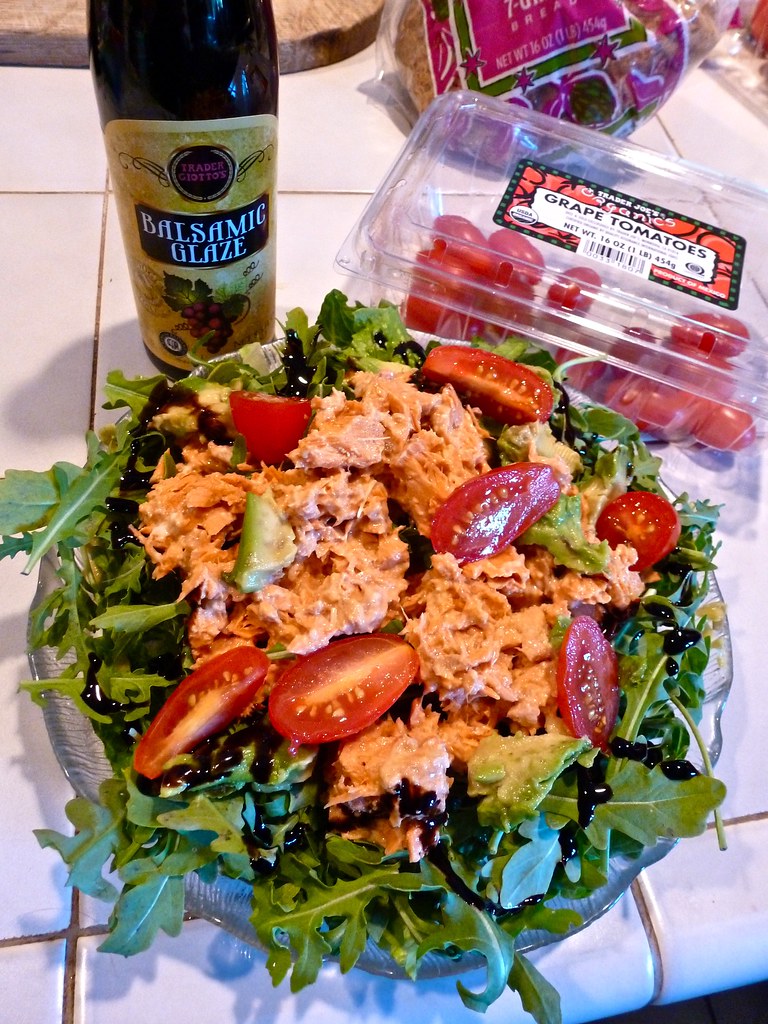
10. **You Should Never Eat High-GI Carbs**The Glycaemic Index (GI) has long been a popular metric, ranking how quickly different carb-containing foods impact your blood sugar levels. Foods with a high GI are often demonized, leading to a pervasive myth that they should be entirely avoided for optimal health and blood sugar management. This fear often stems from a simplified understanding of how our bodies process carbohydrates and overlooks the broader context of a meal.
“It’s all about context,” as expert Steve Grant wisely points out. The effect of a carbohydrate on your blood sugar is not solely determined by its intrinsic GI score. When you combine carbohydrates with other macronutrients—specifically proteins, fats, and fibre—these components work synergistically to significantly dampen the overall blood sugar response. For instance, a plain baked jacket potato might have a relatively high GI score. However, adding a generous spoonful of tuna mayo and some creamy avocado will considerably lower the meal’s overall glycaemic impact.
In fact, under certain circumstances, high-GI carbohydrates can even be beneficial, particularly when strategically consumed to replenish your glycogen stores after an intense workout. Following strenuous physical activity, your muscles are primed to absorb glucose to restock their energy reserves. Moreover, individual responses to foods can vary significantly. Grant notes, “Our gut microbiome has been shown to influence the glycaemic index of a food,” meaning “We all have unique responses. The index is perhaps too crude a measurement” to be universally applied as a strict dietary rule.
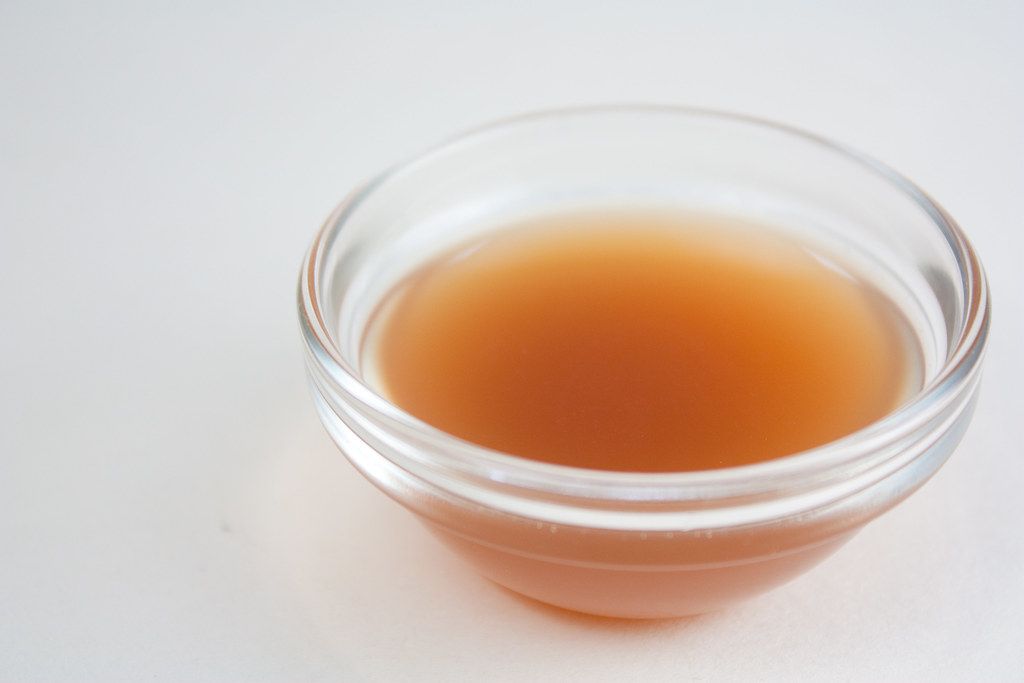
11. **The Right Superfoods Will Help to Supercharge Your Metabolism**The wellness industry frequently hails certain “superfoods” as metabolic miracles, promising they can dramatically “supercharge” your metabolism and help you incinerate calories with minimal effort. This alluring narrative suggests that simply adding a pinch of chili powder, a spoonful of apple cider vinegar, or a daily dose of coconut oil can fundamentally alter your body’s energy expenditure. It’s a tempting thought, but it glosses over a crucial distinction between “supercharge” and simply “support.”
While it’s true that various micronutrients, including B vitamins and certain minerals, play essential roles in supporting healthy metabolic function, they act as cogs in a complex biological machine, not as accelerators. These nutrients are foundational for your body’s normal processes, but their presence in small quantities within so-called superfoods doesn’t equate to a significant, measurable boost in your metabolic rate. At best, ingredients like chili or apple cider vinegar might offer marginal benefits related to blood sugar balance and satiety, which can indirectly aid weight management.
PT Hendrick Famutimi highlights a particularly persistent misconception: “There was a time when people thought that if you took a spoonful of coconut oil before a workout, you would burn more fat.” While some research suggests that the Medium Chain Triglycerides (MCTs) found in coconut oil may slightly improve fat oxidation compared to other forms of fat, these are “marginal gains.” Crucially, consuming a spoonful of oil, even if it contains MCTs, still adds significant calories. Relying on a single food item to magically “supercharge” your metabolism completely misses the fundamental principle of energy balance: you can’t out-supplement or out-superfood a caloric surplus.
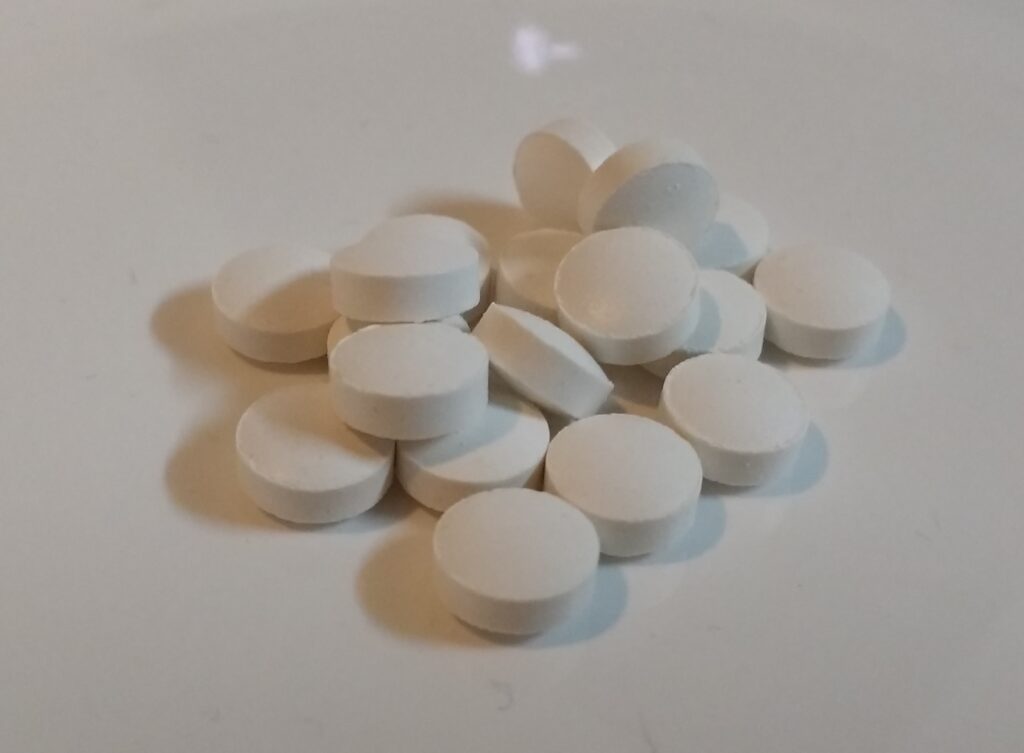
12. **You Can’t Get Too Much of a Good Thing**In the quest for optimal health, many individuals subscribe to the belief that if a certain nutrient or vitamin is beneficial, then more must undoubtedly be better. This mindset often leads to enthusiastic consumption of high-dose synthetic vitamin supplements, with the hope of “flooding your body with synthetic vitamins in the hope of reaching nutritional nirvana.” However, this approach profoundly misunderstands human physiology; nutritional benefits often exhibit diminishing returns, and in some cases, excessive intake can even become detrimental.
Sinead Roberts eloquently explains this biological principle: “Many [micronutrients] are ‘hormetic’ – they have an increasingly beneficial impact up to a certain point, then above that, they begin to have an adverse effect.” This means that while a certain amount of a vitamin or mineral is crucial for health, there’s an optimal range. Once you exceed this threshold, instead of reaping further benefits, you risk triggering negative side effects or even toxicity.
Consider vitamin C as a prime example. While essential for immune function and collagen synthesis, there’s an “upper tolerable limit” of 2,000mg per day. Beyond this point, an excessive intake can lead to uncomfortable side effects such as nausea, abdominal cramps, or even trouble sleeping. This clearly illustrates that even for a widely lauded nutrient like vitamin C, more is not necessarily better. To navigate this responsibly, be mindful of supplement labels and recommended daily allowances. Consulting a healthcare professional and getting a blood test allows for targeted supplementation where truly needed, without causing harm through excessive intake.
Read more about: True Gold: 13 Iconic Dramas Worth Adding to Your Rewatch List

13. **Cheat Meals Help You Burn More Calories**The concept of “cheat meals” or even “cheat weeks” has become a hot topic in the dieting world, often touted as a strategic tool to outsmart a slowing metabolism. The theory suggests that after an extended period of calorie restriction, your body’s metabolic rate might adapt and slow down to conserve energy. The idea then is that deliberately introducing a higher calorie intake can temporarily “reset” or “supercharge” your metabolism, aiding further fat loss when you return to your deficit.
While it’s true that sustained dieting can lead to metabolic adaptations, the notion that a single cheat meal significantly boosts calorie burning in the long run is largely unsubstantiated. As Sinead Roberts explains, “For the period when you’re refeeding, your metabolic rate might be restored, but studies suggest that it will fall again when you return to the diet.” This indicates that any metabolic uptick is transient and doesn’t offer a lasting advantage in calorie expenditure once you resume your caloric deficit.
However, that’s not to say that strategic increases in calorie intake offer no benefits. A recent study highlighted a crucial psychological advantage: a planned break from dieting significantly decreased “diet fatigue”—the mental and emotional exhaustion associated with consistent caloric restriction. By mitigating this fatigue, periodic higher-calorie meals “may help people adhere to an eating plan, and therefore see more weight loss” in the long term. Therefore, cheat meals might not magically stoke your metabolic furnace, but their value lies more in psychological adherence and sustainability.
Read more about: Unlock Your Inner J.Lo: The Superstar’s Age-Defying Morning Workout, Diet, and Wellness Secrets You Can Start Today

14. **Plants Aren’t a Real Source of Protein**There’s a persistent myth, rooted in what Ryan Andrews describes as “categorical thinking,” that pigeonholes foods into single macronutrient groups: meat is protein, whole grains are carbohydrates, and nuts are fat. This overly simplistic view often leads to the mistaken belief that plant-based foods, while perhaps healthy, cannot provide adequate or “complete” protein, especially for those who choose to limit or exclude animal products from their diet.
It’s true that many individual plant-protein sources are considered “incomplete” in isolation. This simply means they may not contain all nine essential amino acids—those building blocks of protein that our bodies cannot produce on our own—in the same proportions as animal proteins. This distinction has often been misinterpreted as a significant nutritional barrier for plant-based diets, implying you must meticulously combine specific plant foods at every meal to create a “complete” protein.
However, this concern is largely unfounded, particularly when there is sufficient variety in one’s diet. The human body is remarkably efficient; it maintains a pool of amino acids from previous meals, meaning you don’t need to consume all essential amino acids in a single sitting. As long as a vegan, for example, eats a diverse range of plant proteins over the course of a day, they will effortlessly obtain all the necessary amino acids. A practical example is eating one portion of cooked legumes per day, such as chickpeas, which helps ensure adequate intake of lysine.
Read more about: 15 Natural Ways to Boost Your Immune System: Your Ultimate Guide to Year-Round Wellness
As we bring our myth-busting journey to a close, it’s clear that the landscape of men’s health and nutrition is often muddied by persistent folklore and clever marketing. We’ve peeled back the layers of misinformation, moving beyond simplistic advice and dogmatic rules to uncover the evidence-based truths. From understanding the nuanced role of carbohydrates to demystifying the power of supplements, the path to optimal health isn’t paved with rigid restrictions or quick fixes, but rather with informed choices and a balanced perspective. Empowered with these insights from leading experts, you now have the knowledge to cut through the noise, make smarter decisions for your body, and build a sustainable foundation for lasting well-being. Here’s to a healthier, stronger, and more informed you!



